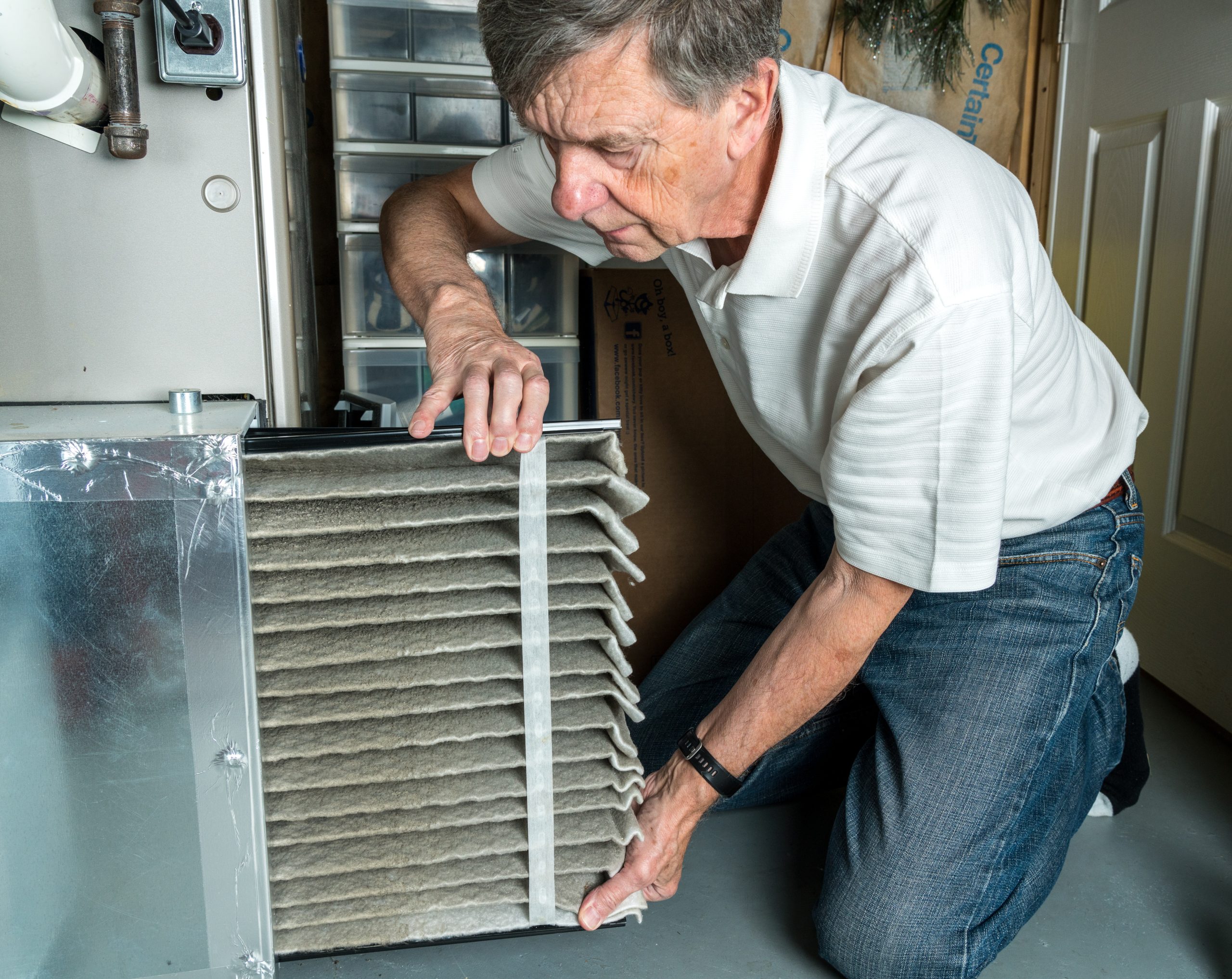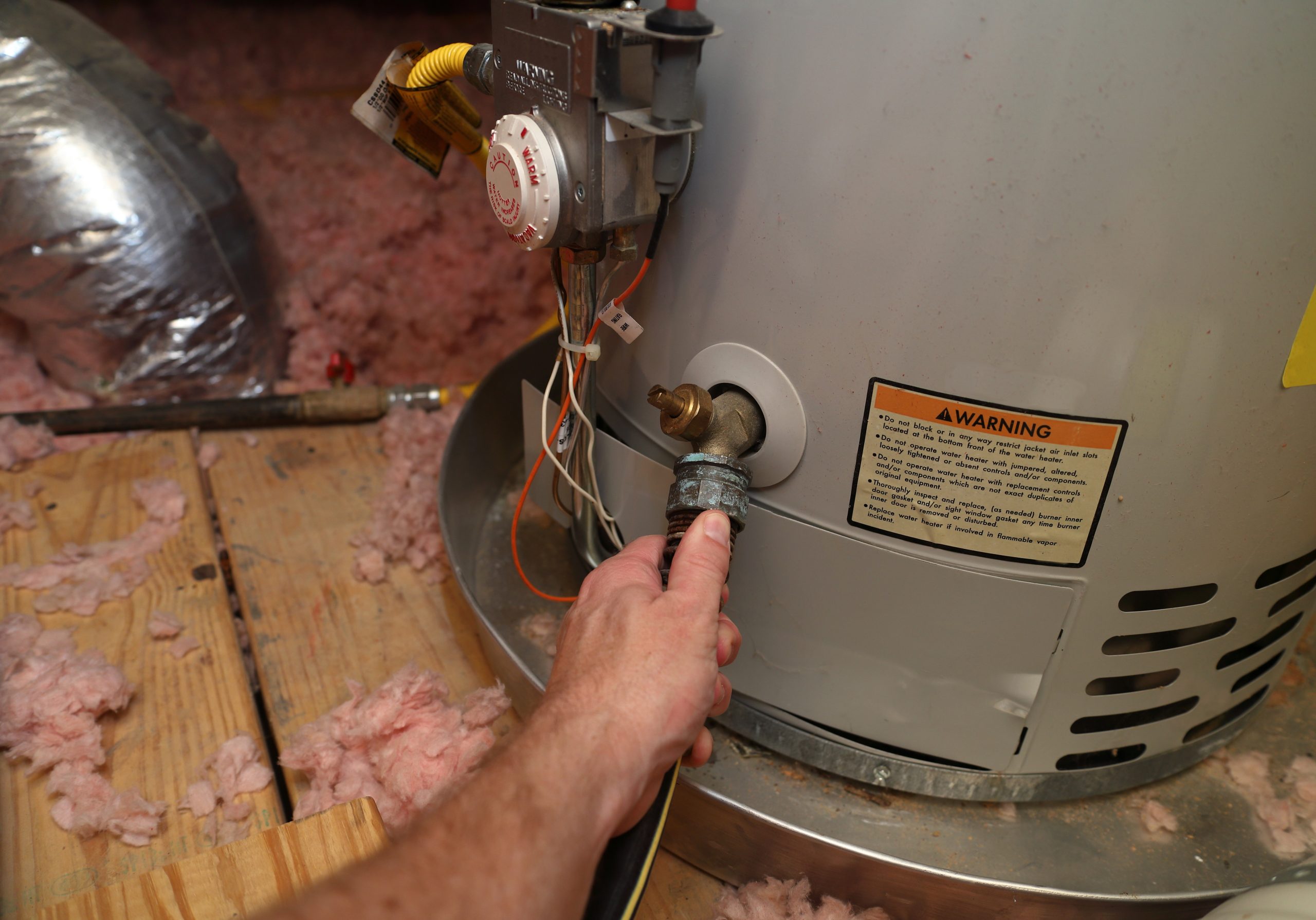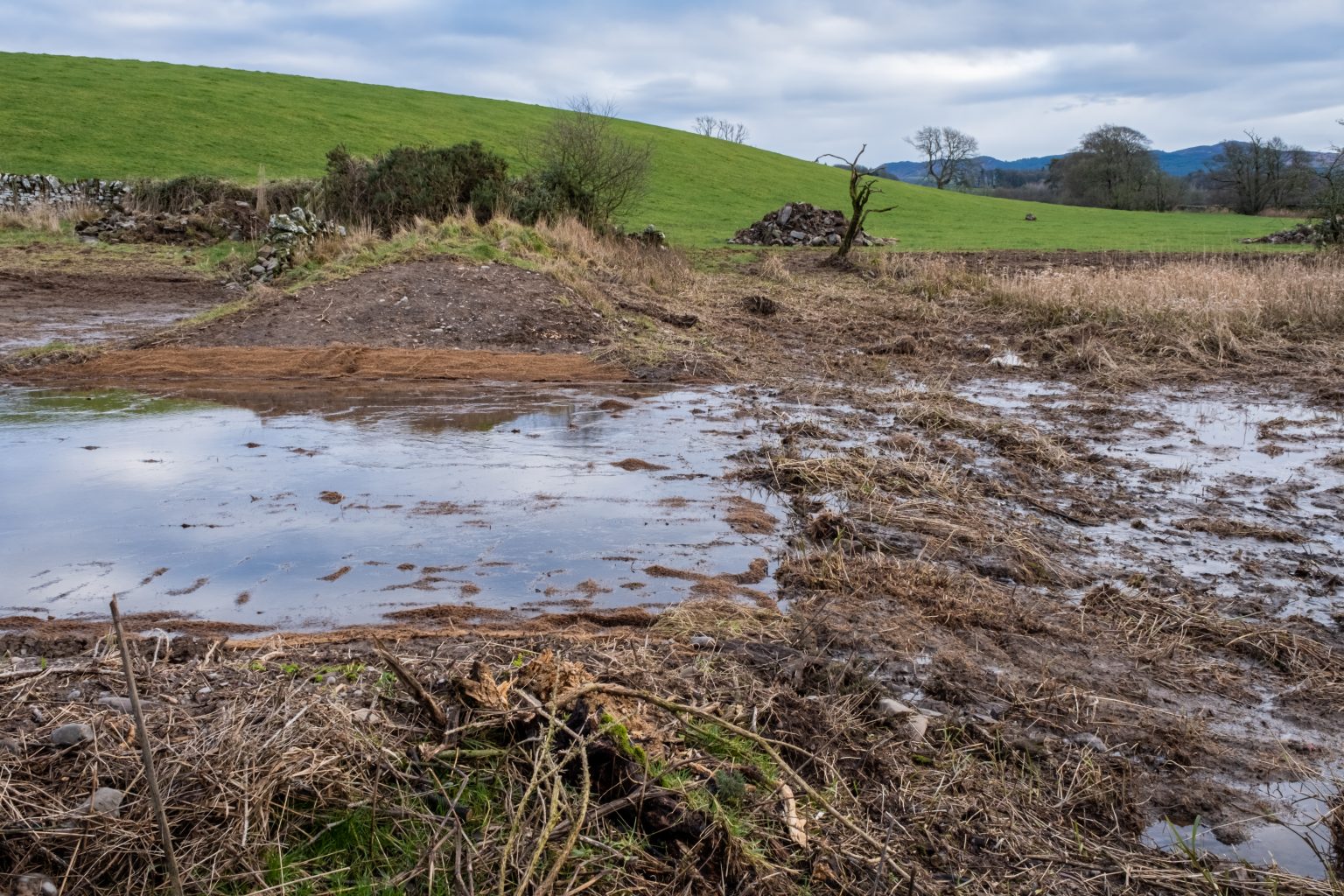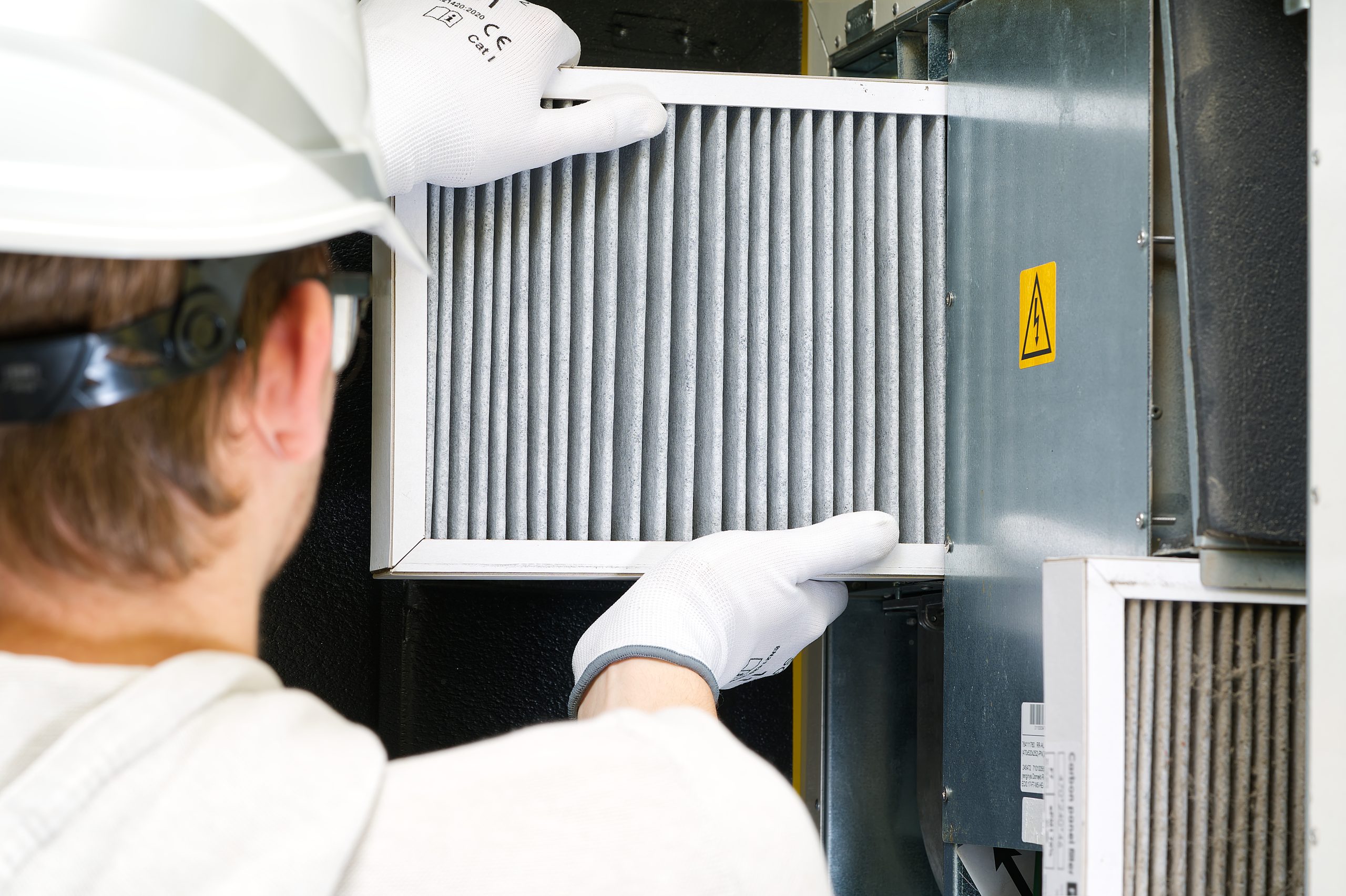This question is best answered by the Alberta New Home Warranty Program’s response as follows:
“Seasonal temperatures and varying precipitation may cause cracking in your sidewalks and driveway. Frost penetration can also cause heaving or settlement and change the direction of surface drainage. Sometimes, damaged areas return to their original position in warm weather. In most cases, these issues are beyond the control of the builder.
Your driveway was constructed for use by light vehicles—not for heavy trucks or equipment, even for a short period of time. Seal your concrete annually to increase its longevity.
- How can I protect my concrete?
The application of a breathable surface sealer can reduce damage caused by de-icing and road salts. Silane and siloxane are the two most common sealers. These sealers can penetrate concrete as deep as three millimeters while still allowing the concrete to breath. This prevents vapour pressure from building up between the concrete and sealer. Because the sealer is embedded within the concrete, it’s more durable to abrasive forces and ultraviolet deterioration, providing longer-lasting protection.
Treatment and re-treatment should be carried out according to manufacturers’ directions but some guidelines apply to all sealers:
- Wait at least 28 days before applying sealer to new concrete
- Sealer should only be applied to clean concrete left to dry for at least 24 hours at temperatures above 16°C
- Penetrating sealers cannot fill surface voids that are filled with water
- Concrete should be clean
- Concrete placed in late fall should not be sealed until spring because the sealer may cause the concrete to retain water and increase the likelihood for freeze-thaw damage.”





